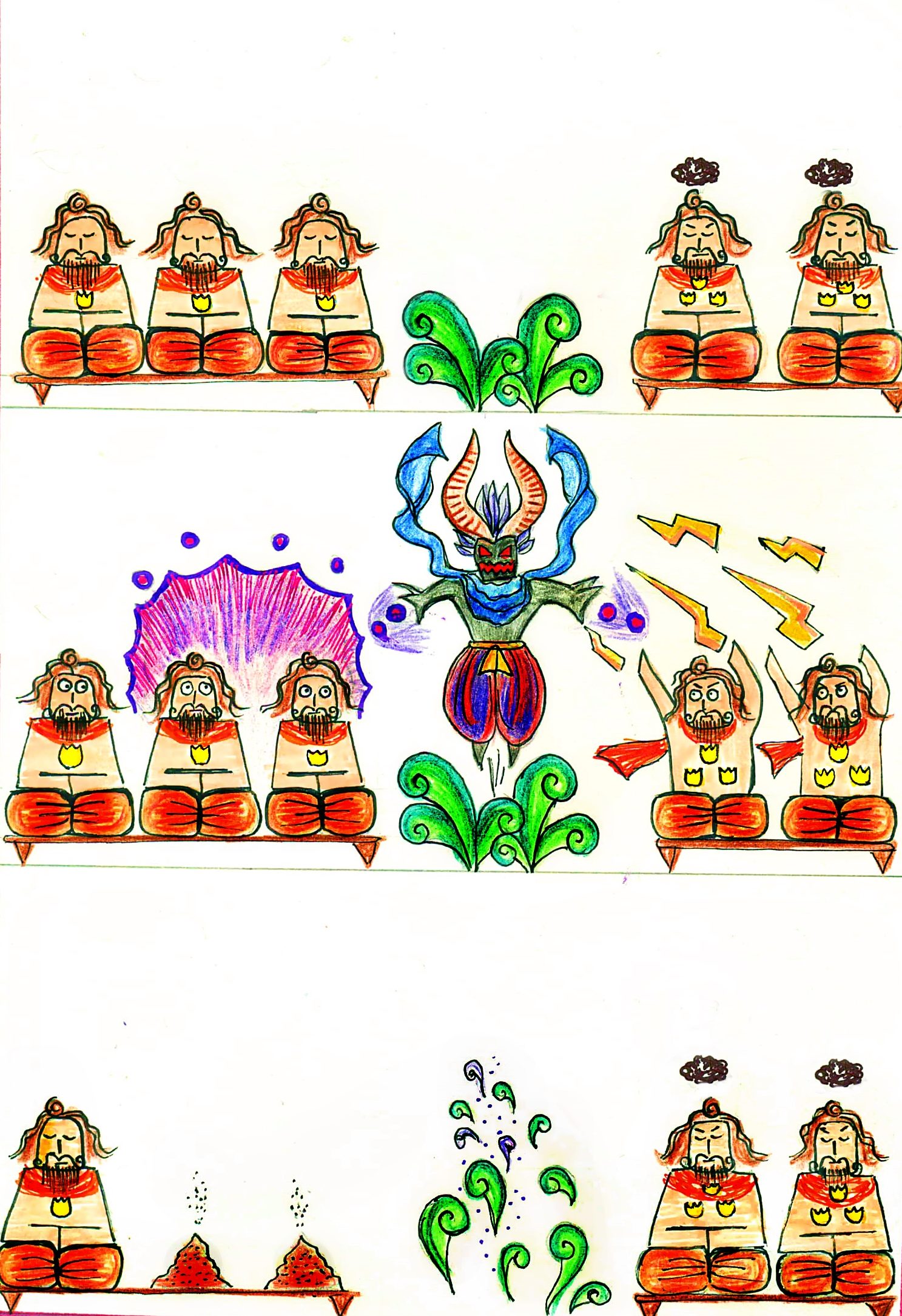
MISTRANSLATION
Proteins are critical for cellular function. Mistranslation constitutes a non-genetic change that is ubiquitous and constantly generates protein sequence variability at a high rate (~ 1 in 10,000 incorrect amino acids). The rate at which this occurs is influenced both by genotype and by environment. Although individual proteins altered in this manner (without any change in DNA) cannot be inherited, protein heterogeneity impacts the ability of the cell to grow and divide in a given environment as well as its ability to adapt to new environments in the short and long-term, across both prokaryotic and eukaryotic systems. We showed earlier that mistranslation increases resistance to DNA damage and high temperature (Samhita et al, 2020), increases phenotypic variability (Samhita et al, 2021) and also alters the nature of mutations that arise during exposure to antibiotics (unpublished). We are following up on these observations and attempting to understand the occurrence, distribution and adaptive role of mistranslation in bacterial cells.
Additionally, we are also interested in exploring links between mistranslation and AMR. Watch this space for more!
Picture featured on the cover page of PLoS Genetics, March 2020.
Picture credit: Pranjal Gupta
